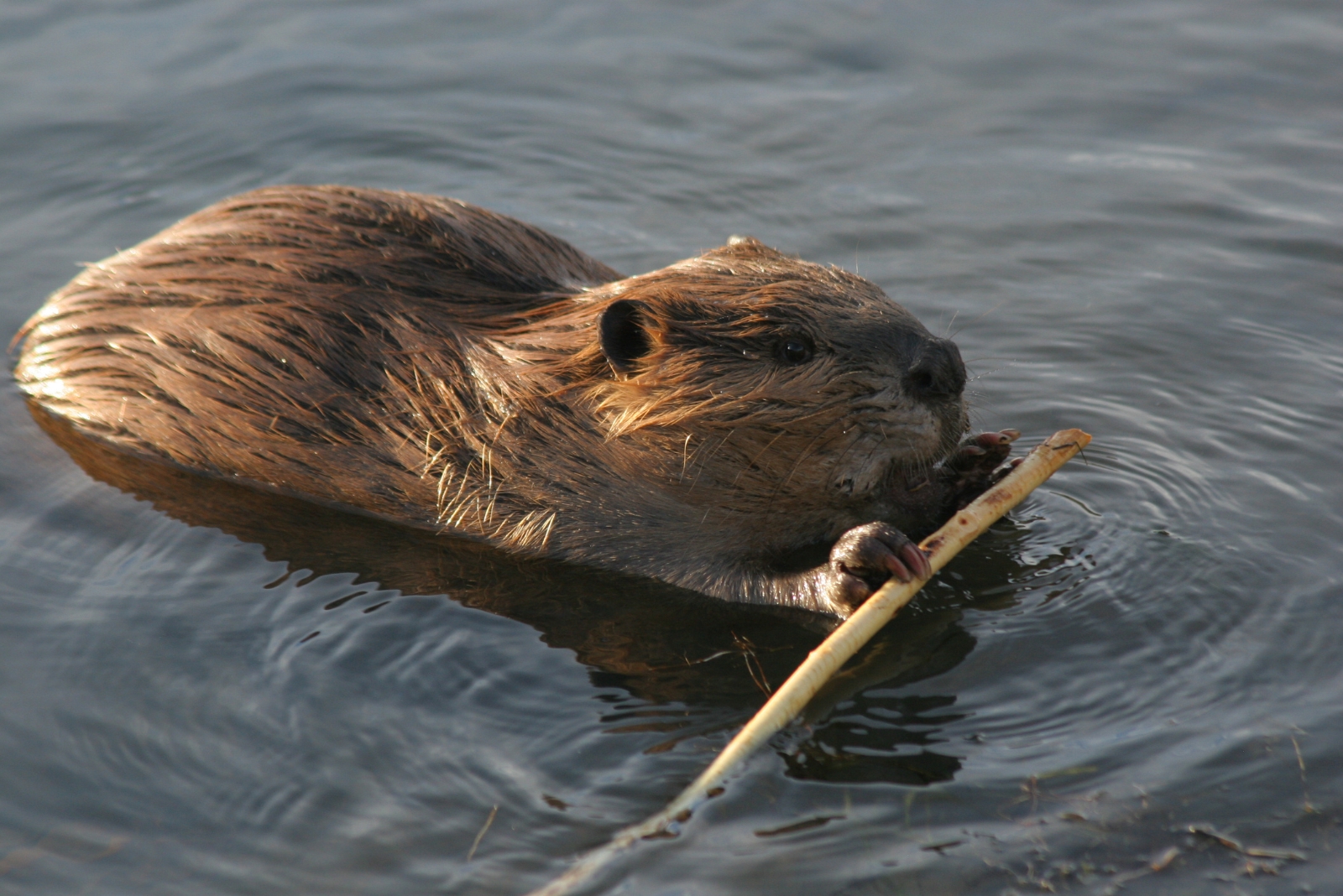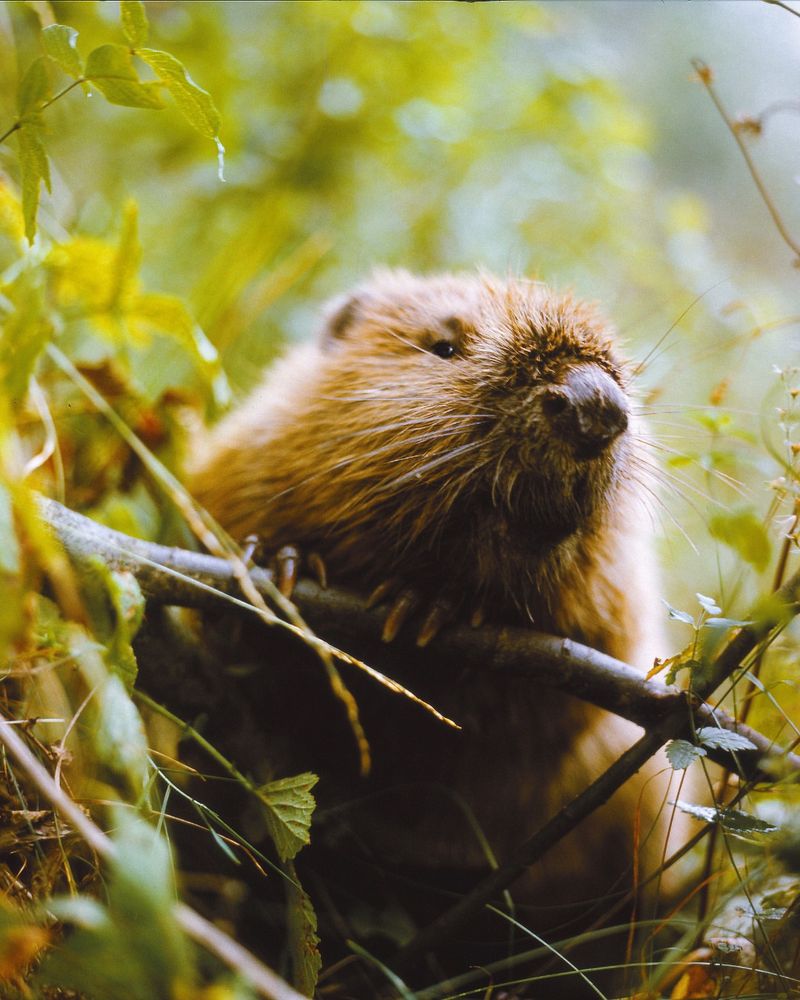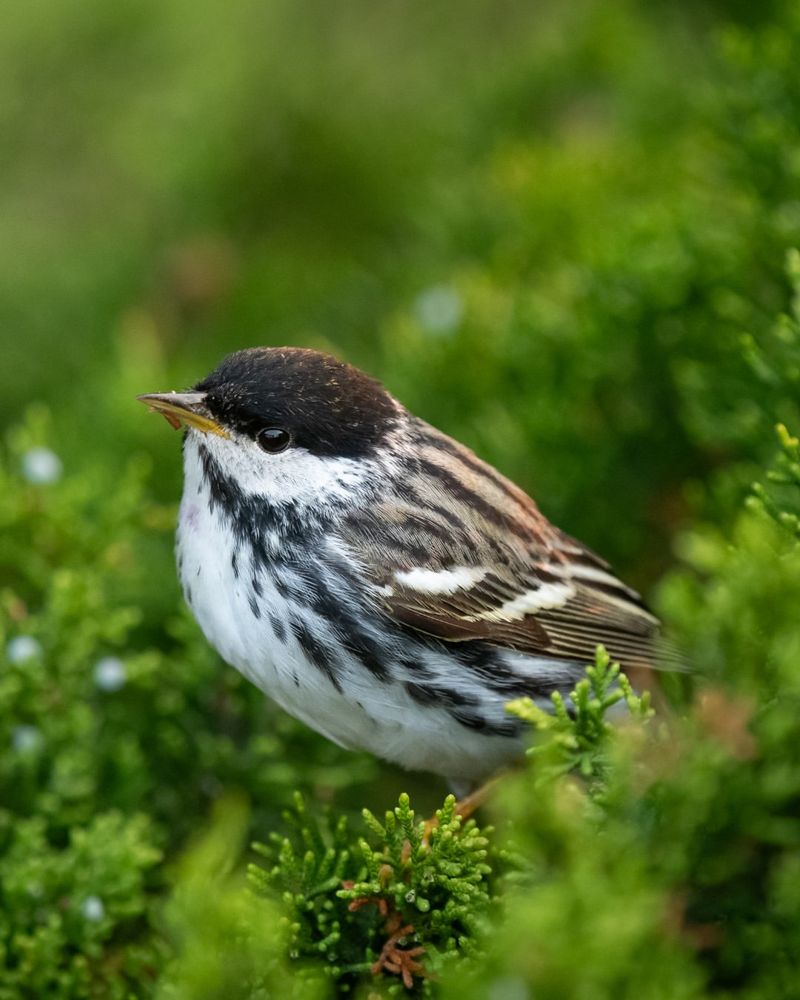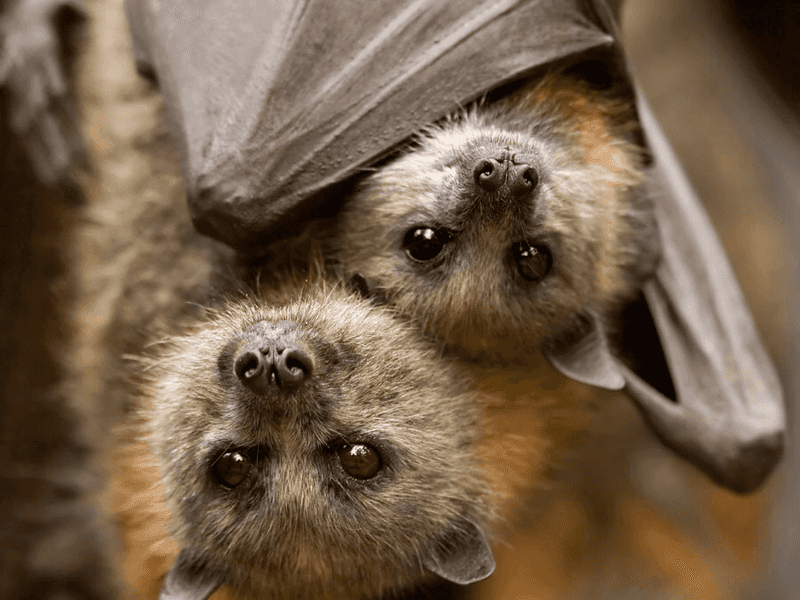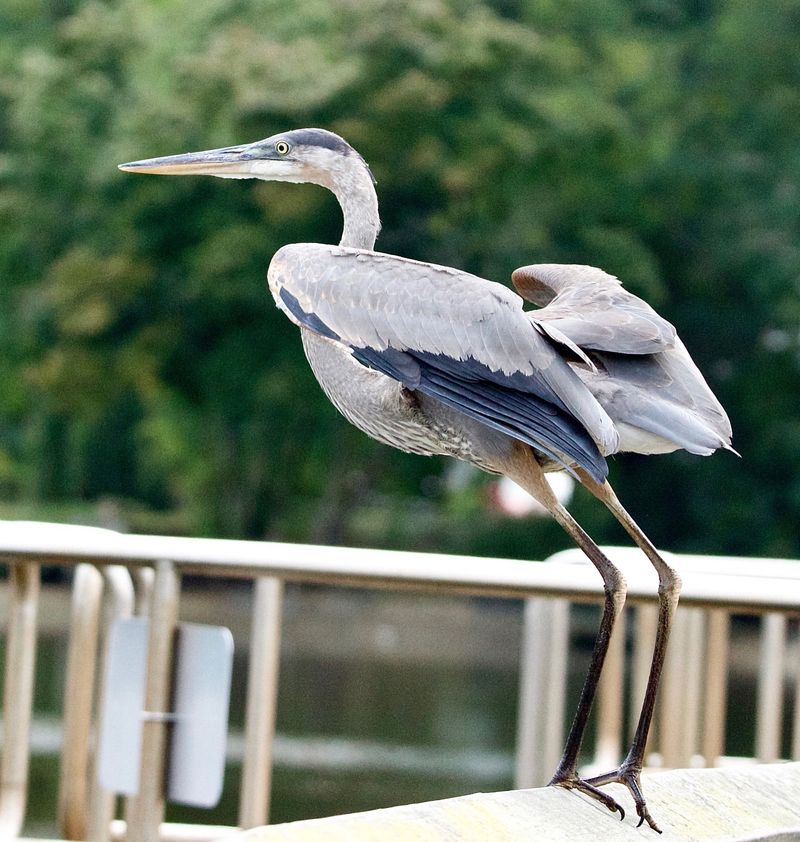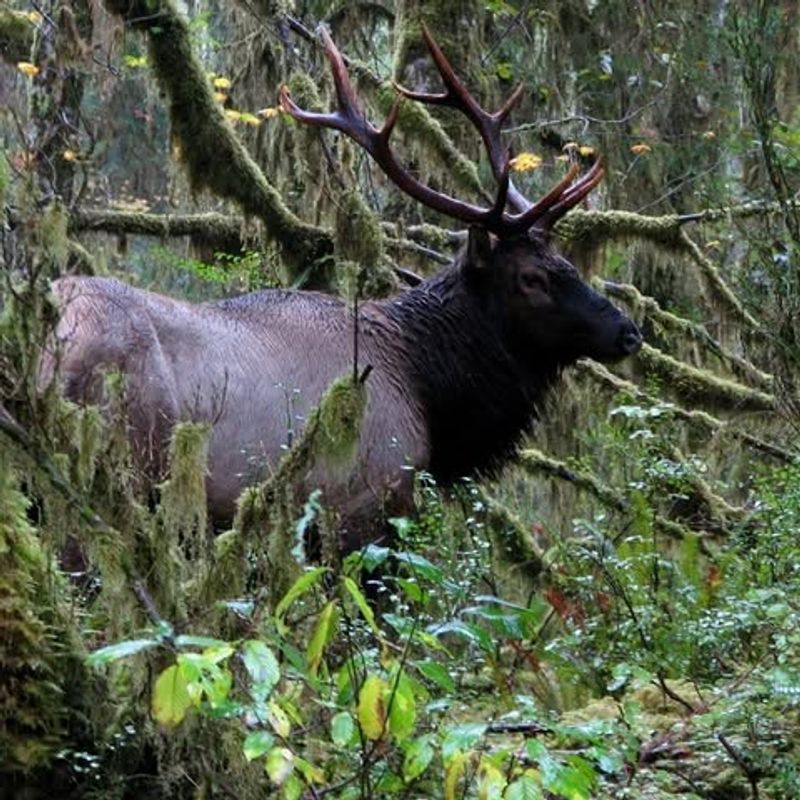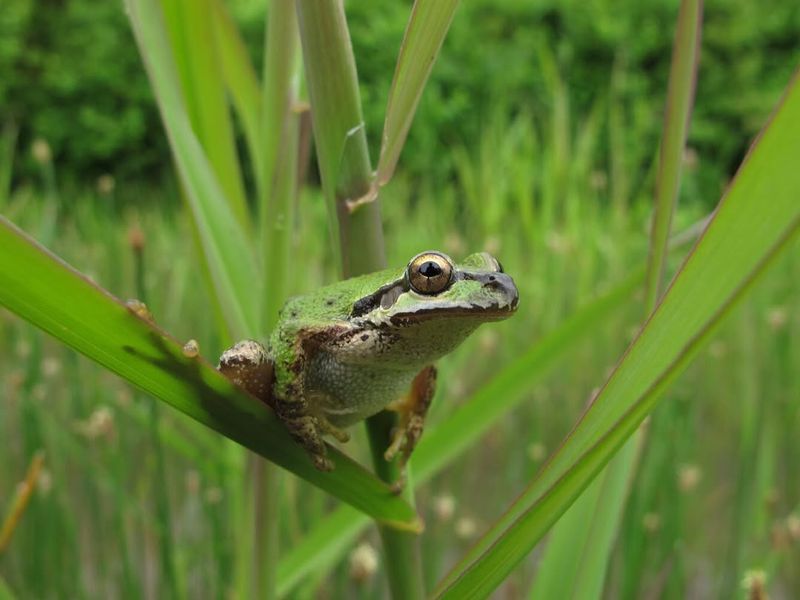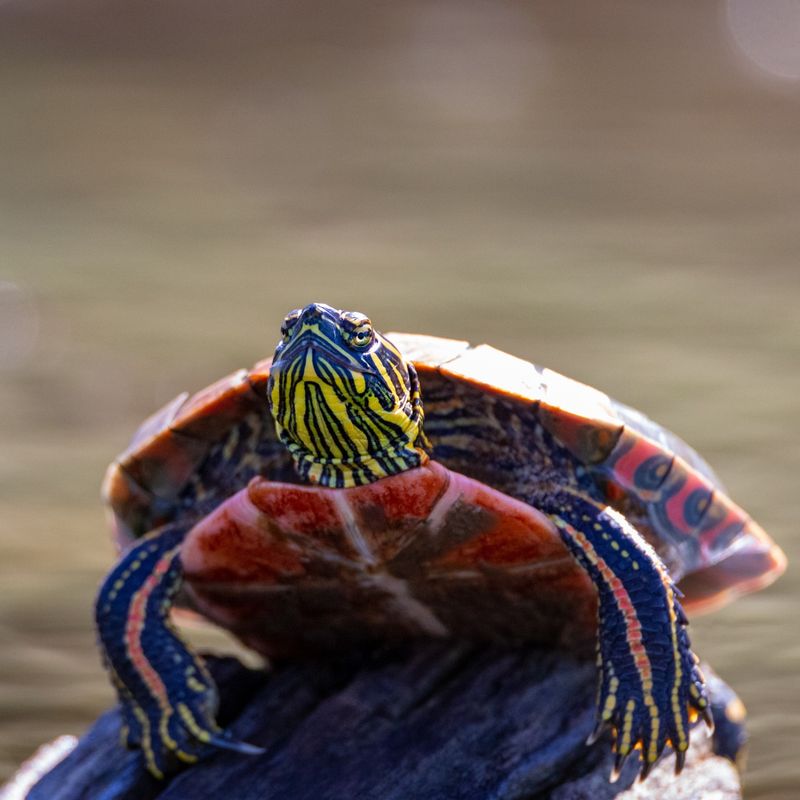Oregon’s wildlife can be full of surprises, especially when some furry or feathery visitors decide to move in. But before you chase them out, it might surprise you to learn that certain animals are legally protected.
Removing them without knowing the rules can lead to trouble you don’t want. Here are ten creatures you’ll want to think twice about relocating from your Oregon home or garden.
1. American Beavers
Oregon’s state animal enjoys special protections that make removing them tricky for homeowners. Beavers can cause flooding and damage trees, but you’ll need a permit from the Oregon Department of Fish and Wildlife before taking action.
Professional wildlife control experts understand the regulations around beaver removal in Oregon. Attempting to trap or relocate these industrious rodents yourself could result in serious fines.
Instead of DIY removal, contact local wildlife authorities who can assess your situation and provide legal solutions for beaver problems on your property.
2. Migratory Songbirds
Federal law protects hundreds of bird species that pass through or nest in Oregon each year. The Migratory Bird Treaty Act makes it illegal to harm, capture, or disturb these feathered visitors without federal permits.
Even if birds are nesting in inconvenient spots around your Oregon home, you must wait until they naturally leave. Removing active nests can bring hefty federal penalties, regardless of how much mess they create.
Bird deterrents installed before nesting season offer your best legal option for keeping these protected species from setting up house on your property.
3. Western Gray Squirrels
Unlike their common cousins, Western gray squirrels are considered sensitive species throughout Oregon. Their declining populations mean they receive protection under state wildlife regulations that restrict removal and relocation.
Spotting one of these bushy-tailed beauties in your Oregon garden is actually pretty special these days. Their silvery-gray coats and large size distinguish them from the more abundant Eastern gray squirrels.
If Western grays become problematic, Oregon residents must contact wildlife professionals who hold proper permits rather than attempting removal themselves.
4. Bats (All Species)
Every single bat species in Oregon receives legal protection due to their ecological importance and declining numbers. Removing bats from your attic or barn requires following strict timing restrictions and hiring licensed professionals.
Bats consume thousands of insects nightly, making them valuable pest controllers across Oregon. During maternity season, removing colonies becomes illegal to protect vulnerable baby bats who cannot fly yet.
Exclusion methods work best once young bats can fly, typically after mid-August in most Oregon locations, ensuring compliance with wildlife protection laws.
5. Black Bears
With a heart-pounding presence, black bears wandering through Oregon neighborhoods cannot be removed without involving wildlife officials. State game laws classify them as protected wildlife requiring special management by trained authorities.
Bears attracted to garbage, pet food, or fruit trees become repeat visitors in Oregon communities. Property owners must focus on removing attractants rather than removing the bears themselves to avoid legal issues.
Calling the Oregon Department of Fish and Wildlife ensures proper handling of bear encounters while keeping everyone safe and following the law.
6. Great Blue Herons
Standing nearly four feet tall, these majestic wading birds frequently visit Oregon ponds and water gardens. Federal protections under the Migratory Bird Treaty Act prevent property owners from disturbing or removing herons, even when they’re eating expensive koi.
Their prehistoric appearance and patient hunting style make them fascinating to watch across Oregon. However, their appetite for fish can frustrate pond owners who’ve invested heavily in decorative fish collections.
Netting over ponds provides the only legal defense against these protected fishing experts in your Oregon backyard.
7. Barn Owls
Oregon farmers and rural homeowners often discover these ghost-white birds nesting in their structures. All owls receive federal protection, making it illegal to disturb their nests or force them from buildings during breeding season.
Their eerie nighttime calls and silent flight make barn owls seem mysterious across Oregon’s countryside. Actually, they’re incredibly beneficial, consuming countless rodents that would otherwise damage crops and stored goods.
Waiting until after nesting season ends allows legal exclusion methods that prevent owls from returning to Oregon buildings without harming protected populations.
8. Roosevelt Elk
Named after President Theodore Roosevelt, these massive animals occasionally wander into Oregon gardens and yards. State wildlife regulations prohibit harassing, capturing, or removing elk without authorization from wildlife management officials.
Weighing up to 1,000 pounds, a bull elk munching your Oregon landscaping presents an intimidating sight. Their preference for ornamental plants and shrubs can cause thousands of dollars in damage overnight.
Keeping a safe distance and contacting Oregon wildlife authorities ensures proper handling of these protected giants when they visit residential areas.
9. Pacific Chorus Frogs
Oregon’s most vocal amphibian fills spring evenings with its distinctive ribbit chorus. State regulations protect these tiny frogs as part of broader amphibian conservation efforts addressing declining populations throughout the Pacific Northwest.
Despite being only two inches long, their nighttime concerts can be surprisingly loud across Oregon neighborhoods. Many people find their songs charming, though some consider them disruptive during breeding season.
Removing them from your Oregon property violates wildlife protection laws, so learning to appreciate their natural serenade becomes your best option for peaceful coexistence.
10. Western Painted Turtles
Oregon’s native aquatic turtles often appear in backyard ponds and water features. State wildlife laws protect these colorful reptiles, making it illegal to capture, harm, or relocate them without proper permits.
Their bright red and yellow markings make them attractive additions to Oregon water gardens. However, they compete with fish for food and may nibble on aquatic plants you’ve carefully cultivated.
Sharing your pond with these protected shelled residents requires acceptance, as removing them violates Oregon Department of Fish and Wildlife regulations designed to preserve native turtle populations.

